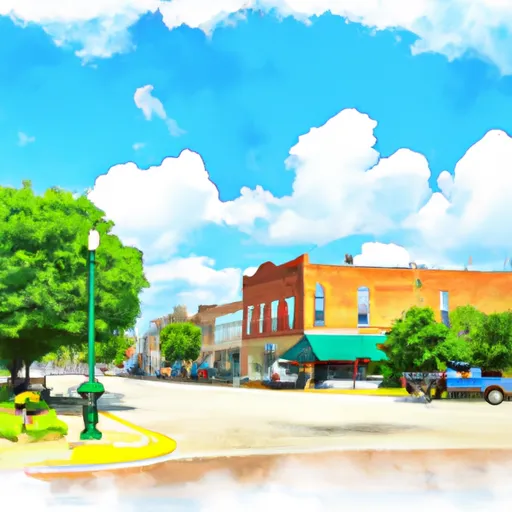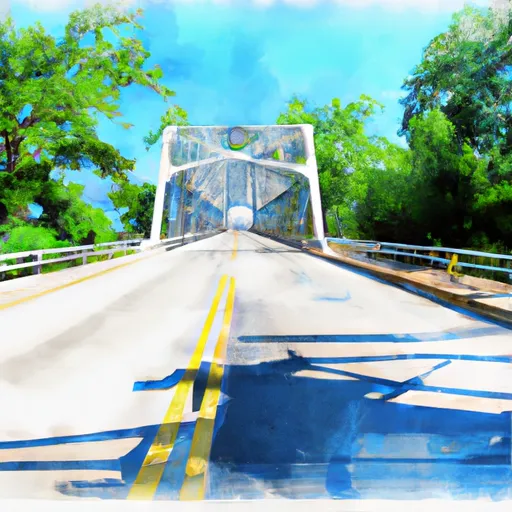°F
°F
mph
Windspeed
%
Humidity











Mabel, Iowa is a small town located in the northeastern part of the state. It experiences a humid continental climate, characterized by hot summers and cold winters. Summer temperatures range from 70°F to 90°F, while winter temperatures can drop as low as 10°F. Precipitation is spread evenly throughout the year, with an average annual rainfall of around 35 inches.
The hydrology constituents in Mabel primarily consist of the Upper Iowa River and various creeks that flow through the area. The Upper Iowa River offers opportunities for fishing, kayaking, and canoeing. It is known for its scenic beauty and is a popular spot for nature enthusiasts.
Outdoor recreation opportunities in Mabel also include hiking and camping in the nearby forests and parks. There are several trails and campsites available for visitors to explore and enjoy the natural surroundings. The area boasts picturesque landscapes, with rolling hills, wooded areas, and abundant wildlife.
Overall, Mabel, Iowa offers a pleasant climate for outdoor activities, with opportunities for water-based pursuits and exploring the surrounding natural beauty.
Weather Forecast
Mabel receives approximately 883mm of rain per year, with humidity levels near 82% and air temperatures averaging around 7°C. Mabel has a plant hardyness factor of 4, meaning plants and agriculture in this region thrive during a short period during spring and early summer. Most plants will die off during the colder winter months.
Regional Streamflow Levels
5
Cubic Feet Per Second
13
Cubic Feet Per Second
112
Cubic Feet Per Second
135
Cubic Feet Per Second
Nearby Camping
| Camping Area | Reservations | Toilets | Showers |
|---|---|---|---|
| Paddy Creek | |||
| Piney River Military - Fort Leonard Wood | |||
| Lakeview Park - Mexico | |||
| Paydown Access - MDC | |||
| Lane Spring | |||
| Shelbina Lake City Park |



